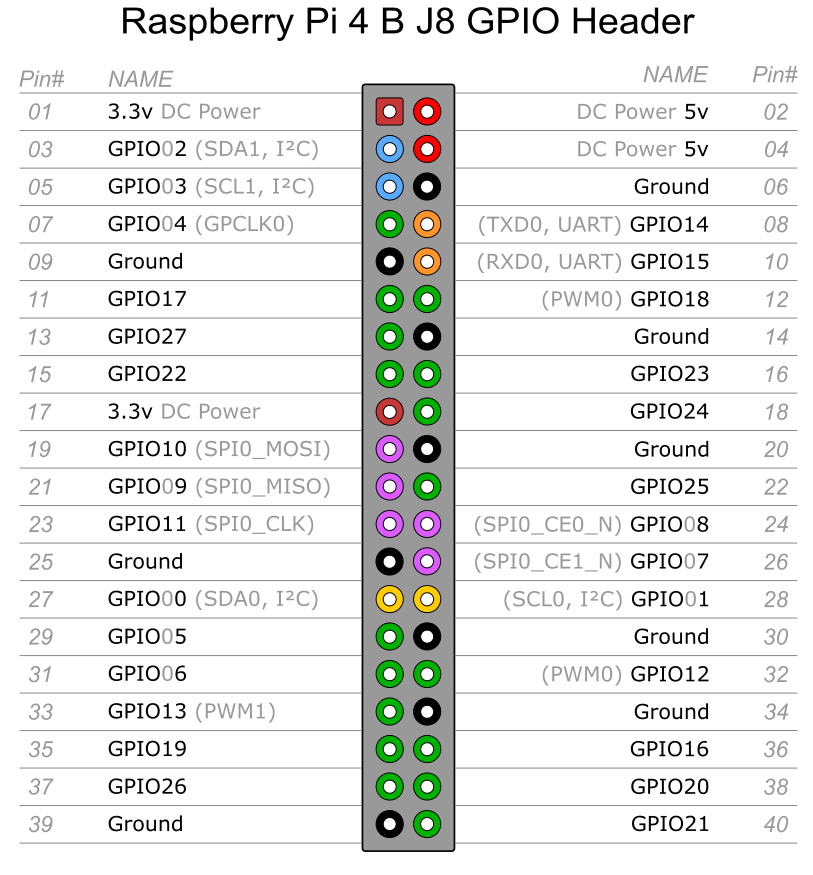

- #Vnc vs ssh overhead how to#
- #Vnc vs ssh overhead mac os x#
- #Vnc vs ssh overhead install#
- #Vnc vs ssh overhead update#
- #Vnc vs ssh overhead manual#
If all is well, a window will appear on the console desktop which shows a second instance of your desktop. the configuration on the departmental networked Linux desktops) is intact (and assuming that you are physically present in the department) login at the console of a networked desktop, run a terminal and at the shell prompt enter: /alt/applic/vnc/vnccli. To check that the server configuration (i.e. Please re-read the comments at the beginning of the vnccli script (see below) and contact the helpdesk if stuck.
#Vnc vs ssh overhead install#
If this produces something like "vncviewer: command not found" then either you have yet to install a vncviewer OR (likely if you are using a Mac) you have neglected to make the vncviewer available in your PATH. To find out (once you have installed a VNC viewer of course) run: vncviewer -version. It is sometimes useful to know the version of VNC you are running. Linux computers may well have a vncviewer installed already, if not we advise installing either TigerVNC or RealVNC
#Vnc vs ssh overhead how to#
Please see the comments at the beginning of the vnccli script (see below) for advice on how to install this.
#Vnc vs ssh overhead mac os x#
Mac OS X computers will have ssh installed already but will not have a vncviewer program: we advise installing TigerVNC. You will need the following software installed on the local Linux/Mac computer you are going to try this remote access method from: ssh, vncviewer.
#Vnc vs ssh overhead manual#
If it fails, you might want to attempt the second, manual set up method. The first is recommended as it uses a shell script which sets up the ssh tunnel for you. This can be achieved by either of the two methods described below. VNC Server will now launch automatically each time the Pi is booted.If you want a full graphical desktop login and/or if you have already tried ssh -X and it is "slow" From a Linux (or Mac) computer to one of our Linux computers using an ssh tunnel and VNC To enable, use raspi-config as described above. Sudo apt-get install realvnc-vnc-server realvnc-vnc-viewer If you're not using Raspbian Jessie with the PIXEL desktop, you'll need to manually install the latest RealVNC software from the Raspbian repositories. VNC is now enabled, and you'll be able to remotely connect to a virtual desktop on your Raspberry Pi, via the RealVNC software. When booted, SSH will now be enabled. Login over a SSH connection, either by using the direct IP address or the Bonjour address raspberrypi.local: ssh default password is "raspberry".)įinally, you'll need to enable VNC. To do this, run: sudo raspi-configĪnd browse with the arrow keys to Interfacing Options > VNC, then select Yes.

Safely eject the card and re-insert into your Pi. In the boot partition, create a blank file called SSH, with no extension. from another PC), you should first enable SSH.ĭo this by switching off your Pi, removing the microSD card and inserting it into your computer. You could do this by booting up your Pi as a desktop, complete with keyboard, mouse, and display, and navigating through the preferences. You however need to enable the VNC server before you can connect to it. Now the onus is on making sure you have the RealVNC server software configured on your Raspberry Pi, and a VNC viewer on your main or controller device.
#Vnc vs ssh overhead update#
We've previously looked at how you can connect to your Raspberry Pi from a Windows, Mac or Linux PC using VNC, but the integration of RealVNC with Raspbian Jessie and the PIXEL desktop update means that much of the process has been streamlined. It uses the Remote Frame Buffer protocol to allow desktop access and control, and it can be used across operating systems too.

Virtual Computing Network is a means by which you can connect remotely to a second computer. VNC is a strong alternative for remote desktop access, and now comes built into the main Raspberry Pi operating system, Raspbian Jessie with the PIXEL desktop. SSH is a popular means of doing this, but without additional software and configuration, this is limited to command line access. While a compact, portable, touchscreen display is an option, you could abandon the idea of a dedicated display entirely in favor of accessing your Pi remotely. Your USB ports may be too busy to connect a keyboard and a monitor may be too unwieldy for your project. Using a Raspberry Pi as a standard PC - with a monitor and keyboard - is one way of interacting with the device.


 0 kommentar(er)
0 kommentar(er)
